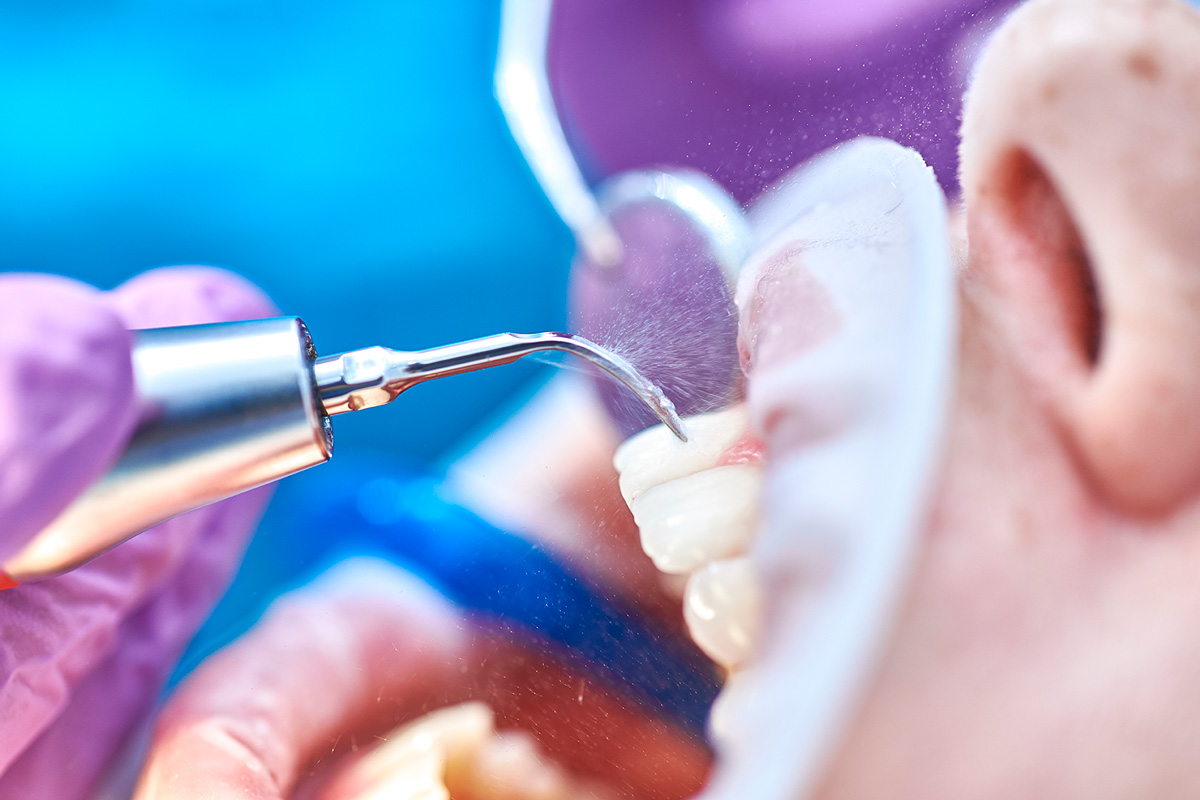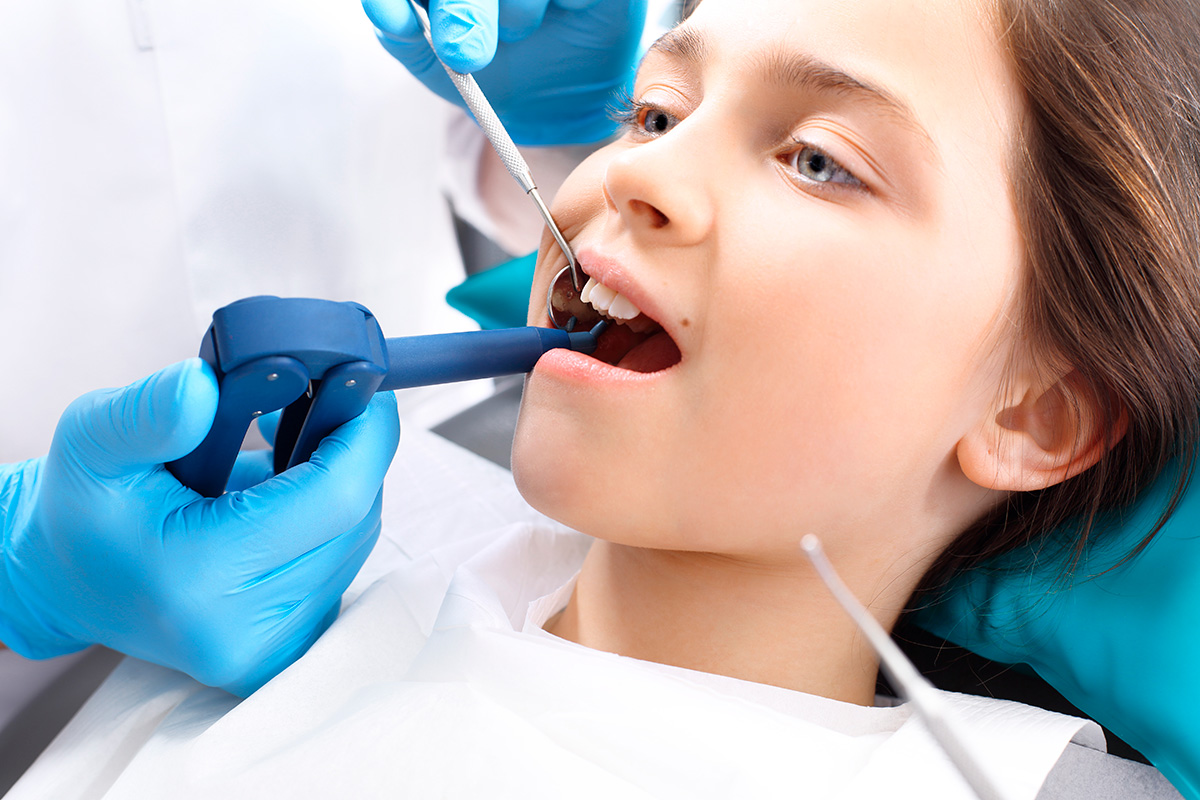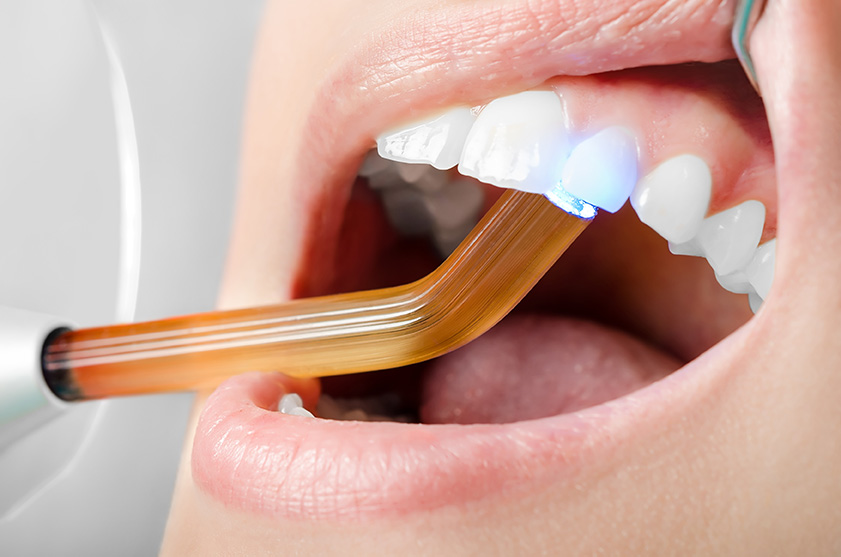Periodontal disease
The dentist diagnoses it during a periodontal examination. This type of exam should always be part of the regular dental check-up. A periodontal probe (small dental instrument) is gently used to measure the sulcus (pocket or space) between the tooth and the gums. As periodontal disease progresses, the pockets usually get deeper.
Periodontitis
Plaque hardens into calculus (tartar). As calculus and plaque build up, the gums recede from the teeth. Deeper pockets form between the gums and teeth and fill with bacteria and pus. The gums become very irritated, inflamed, and bleed easily. Slight to moderate bone loss may be present.
Advanced Periodontitis
The teeth lose more support as the gums, bone, and periodontal ligament continues to be destroyed. Unless treated, the affected teeth will become very loose and lost. Generalized moderate to severe bone loss may be present.
Periodontal treatment methods depend upon the type and severity of the disease. Special periodontal cleaning called scaling, and root planing (deep cleaning) will be recommended. This procedure helps gum tissue to heal and pockets to shrink.
Gingivitis is the first stage of periodontal disease. Plaque and its toxin by-products irritate the gums, making them tender, inflamed, and likely to bleed.







